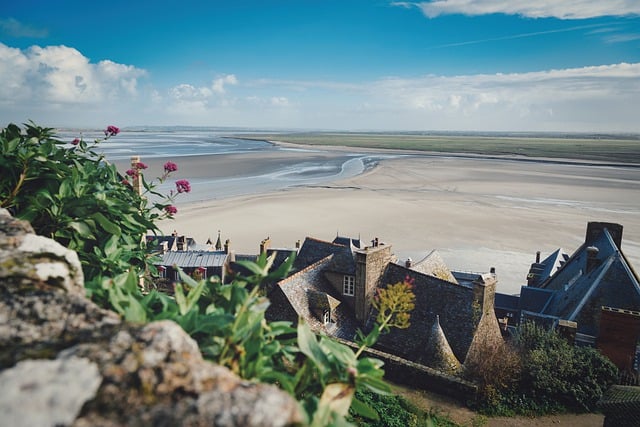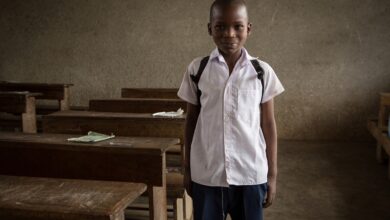Belgian Weather and How to Prepare for It

Belgium, a small yet picturesque country in Western Europe, is known for its diverse landscapes, rich history, and vibrant culture. However, one aspect of Belgium that often surprises visitors is its weather. The Belgian climate can be unpredictable, with frequent changes in temperature, rainfall, and even sunshine throughout the year. Understanding the local weather patterns and knowing how to prepare for them will ensure that your trip to Belgium is as comfortable and enjoyable as possible.
In this guide, we’ll explore the nuances of Belgian weather, season by season, and provide practical tips on how to dress and prepare for whatever Mother Nature throws your way.
Understanding Belgium’s Climate
Belgium has a temperate maritime climate, characterized by mild summers, cool winters, and consistent precipitation throughout the year. The country’s proximity to the North Sea influences its weather, leading to frequent cloud cover, humidity, and occasional strong winds. While it’s not extreme compared to other parts of the world, the weather in Belgium can change rapidly, so being prepared is key.
Here’s a breakdown of what to expect during each season:
1. Spring (March to May)
Spring in Belgium is a time of renewal, with blooming flowers, longer daylight hours, and milder temperatures. However, it’s also a transitional season, meaning the weather can still be unpredictable.
Weather Highlights:
- Temperatures: Typically range from 5°C (41°F) to 18°C (64°F).
- Rainfall: Rain showers are common, but they’re usually light and short-lived.
- Sunshine: Days become sunnier as spring progresses, though overcast skies remain frequent.
How to Prepare:
- Layered Clothing: Wear layers, such as a light sweater or fleece under a waterproof jacket, to adapt to fluctuating temperatures.
- Rain Gear: Always carry a compact umbrella or a lightweight raincoat.
- Comfortable Shoes: Opt for waterproof walking shoes, especially if you plan to explore parks or gardens like the famous Hallerbos (Blue Forest).
2. Summer (June to August)
Summer is generally the most pleasant time to visit Belgium, with warmer temperatures and more opportunities for outdoor activities. However, don’t expect endless sunshine—rain is still a possibility.
Weather Highlights:
- Temperatures: Average highs range from 20°C (68°F) to 25°C (77°F), occasionally reaching up to 30°C (86°F) during heatwaves.
- Rainfall: Showers are less frequent than in other seasons, but thunderstorms can occur.
- Humidity: High humidity levels can make warm days feel stickier.
How to Prepare:
- Light Clothing: Pack breathable fabrics like cotton or linen for daytime wear.
- Sun Protection: Bring sunscreen, sunglasses, and a hat to protect against UV rays.
- Rain Preparedness: Keep a foldable umbrella or poncho handy for sudden downpours.
- Hydration: Carry a reusable water bottle to stay hydrated, especially during heatwaves.
3. Autumn (September to November)
Autumn in Belgium is a magical time, with golden leaves adorning trees and cozy cafes inviting you indoors. However, the weather becomes cooler and wetter as winter approaches.
Weather Highlights:
- Temperatures: Range from 10°C (50°F) to 20°C (68°F) early in the season, dropping to around 5°C (41°F) by November.
- Rainfall: Rain becomes more frequent, and wind speeds increase.
- Daylight: Days grow shorter, with sunset occurring earlier in the evening.
How to Prepare:
- Warm Layers: Start adding warmer clothing, such as sweaters and scarves, to your wardrobe.
- Waterproof Outerwear: Invest in a sturdy raincoat or jacket to shield yourself from persistent drizzle.
- Footwear: Choose insulated, waterproof boots for walking through damp streets or muddy trails.
- Photography Gear: Capture the stunning autumn foliage with a good camera or smartphone lens.
4. Winter (December to February)
Winter in Belgium can be chilly and gray, but it also offers festive charm, particularly during the holiday season when Christmas markets light up cities like Brussels and Bruges. Snowfall is rare but possible, especially in January and February.
Weather Highlights:
- Temperatures: Average lows hover around 0°C (32°F), while highs rarely exceed 8°C (46°F).
- Rain and Wind: Rain continues to fall regularly, accompanied by brisk winds from the North Sea.
- Snow: Occasional snow flurries may occur, but heavy snow is uncommon.
How to Prepare:
- Thermal Clothing: Dress in thermal base layers, wool sweaters, and insulated jackets.
- Accessories: Don’t forget gloves, hats, and scarves to protect against biting winds.
- Indoor Activities: Plan visits to museums, cafes, and indoor attractions for rainy or cold days.
- Footwear: Waterproof, insulated boots are essential for navigating wet and potentially icy streets.
General Tips for Dealing with Belgian Weather
No matter which season you visit, here are some universal tips to help you navigate Belgium’s ever-changing climate:
- Check the Forecast Daily: Use reliable apps like Weather.com or BBC Weather to stay updated on conditions.
- Pack Versatile Clothing: Layering is your best friend in Belgium. Start with a moisture-wicking base layer, add insulation, and finish with a waterproof outer shell.
- Invest in Quality Rain Gear: A durable, compact umbrella or a high-quality rain jacket will save you from unexpected showers.
- Stay Flexible: Be ready to adjust your plans based on the weather. For example, swap an outdoor hike for a museum visit if it’s pouring rain.
- Embrace the Coziness: Belgians have mastered the art of “hygge” (coziness). Enjoy hot chocolate, waffles, and hearty stews in charming cafes when the weather turns gloomy.
Special Considerations for Tourists
- Coastal vs. Inland Weather: Coastal areas like Ostend and Blankenberge tend to be windier and cooler due to their proximity to the North Sea, while inland regions like Brussels and Bruges experience slightly milder conditions.
- Microclimates: Some regions, such as the Ardennes, have their own microclimates. Expect cooler temperatures and more rainfall in hilly or forested areas.
- Seasonal Events: Many festivals and events take place outdoors, regardless of the weather. For instance, Christmas markets continue even in light rain or snow, so dress accordingly!



